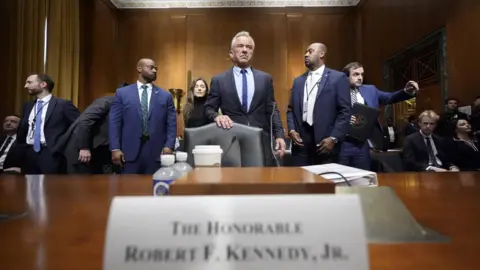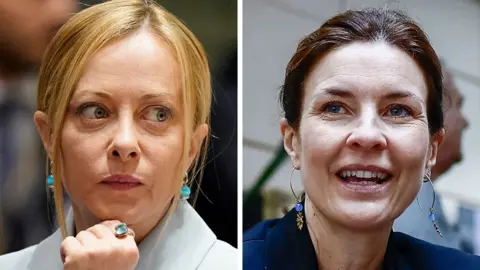Italy’s recent exhibition on Futurism, a major art movement, has stirred significant controversy amid accusations of government meddling. The highly awaited showcase at Rome’s National Gallery of Modern and Contemporary Art was criticized for sidelining established Futurism experts who spent months preparing for the event. Instead, the Italian culture ministry replaced them with its own appointees, leading to a show that many argue glorifies Mussolini’s Fascism rather than presenting a true historical narrative.
One of the ousted experts, Massimo Duranti, expressed his frustration, stating, “I was told, ‘arrivederci’ — you never existed.” Critics worry that this change reflects a broader pattern of political influence over cultural expressions in the country. The newly appointed organizing committee, which included professionals from various disciplines, has defended their approach, claiming it aims to explore Futurism from diverse perspectives.
This exhibition was notably championed by Gennaro Sangiuliano, the former culture minister, who was appointed by Prime Minister Giorgia Meloni. Critics assert that his right-wing background adds another layer of political motivation to the exhibition changes. As the debate continues, the intersection of politics and art in Italy remains a hotly contested space.


















